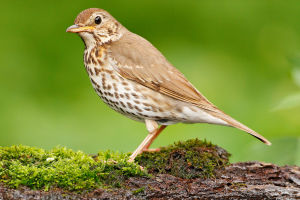The koala is a unique and precious primitive arboreal animal in Australia and is considered to be Australia's national treasure. The first recorded encounter with a koala by a European was in 1788 when John Price first landed on the Australian continent.
In 1816, the koala was given its scientific name, "Phascolarctos cinereus," which means "grizzly bear." However, as people learned more about this cute animal, they discovered that koalas are not bears at all, but rather marsupials. Most marsupials have pouches in which their newborns develop.
Baby koalas are born blind and deaf and immediately crawl into their mother's pouch. They use their strong sense of touch and smell, as well as their natural instincts, to find their way. Koalas are fat, with thick, matted fur and no tail.
Adult koalas are about 70-80 cm long and weigh about 10 kg. They have a light gray to light yellow body color, with relatively bright color around the abdomen, a bald and round nose, a round head, fluffy fur on their ears, and strong claws on their forelimbs, which are well-suited for climbing.
Koalas are generally considered nocturnal animals, being active at night and in the morning and evening. This is because exercising at night can save water and energy consumption, compared to the day when temperatures are high.
During the day, koalas usually curl up and perch on eucalyptus trees, and only venture out at night to climb up and down branches to look for eucalyptus leaves to satisfy their hunger.
They spend most of their lives living on eucalyptus trees but occasionally move to the ground due to changing habitat trees or swallow gravel to aid in digestion.
Koalas are known for sleeping for long periods, waking up only to eat leaves. They sleep for 17-20 hours a day due to their small brain capacity and the fact that their energy levels are not sufficient for long-term activity.
Their liver is capable of separating the poisonous substances in eucalyptus leaves, and therefore they sleep for long periods to digest these toxic substances. This leaves them with only four hours a day for feeding, activities, personal hygiene, and communication with other koalas.
The human threat to koalas peaked in 1924 when over two million koala skins were exported. Prior to this, the animal was extinct in southern Australia and largely disappeared from Victoria and New South Wales.
The public began to speak out for them, and the government issued a hunting ban and tightened management, which helped reverse the decline.
Today, while koalas are protected by law and not listed as endangered, their habitat is being threatened. Sadly, around 80% of koala habitat has been destroyed by human development, drought, and bushfires.


